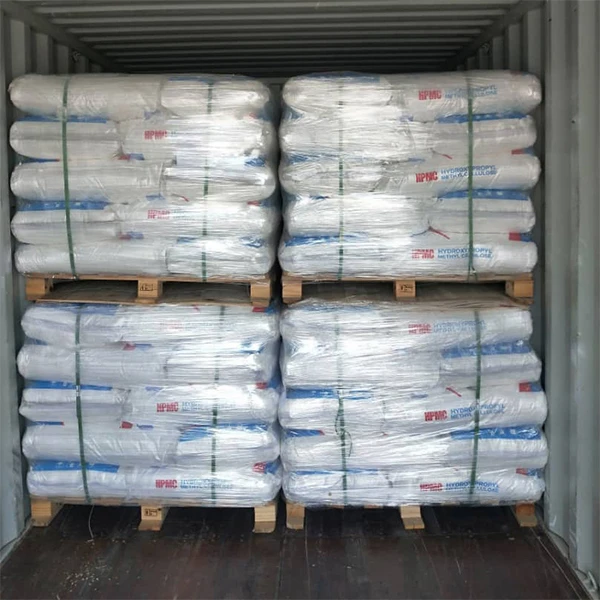Enhancing Concrete Performance with Additives
Concrete is one of the most widely used construction materials in the world, renowned for its durability and versatility. However, to optimize its performance for specific applications, concrete additives are often employed. These additives play a crucial role in adjusting the properties of concrete to enhance its workability, durability, and overall performance, making them indispensable in modern construction practices.
Types of Concrete Additives
Concrete additives can be classified into two main categories chemically-based and mineral-based additives. Chemically-based additives include admixtures that alter the properties of the fresh or hardened concrete, while mineral-based additives consist of supplementary cementitious materials that can improve the quality of the concrete mix.
1. Chemical Additives This category includes set retarders, accelerators, plasticizers, and superplasticizers. - Set Retarders slow down the hydration process, allowing concrete to remain workable for a longer period. This is particularly useful in hot weather or for large pours where labor coordination is essential. - Accelerators, on the other hand, hasten the setting time, allowing for faster construction schedules. They are beneficial in cold weather conditions or when early strength gain is required. - Plasticizers and Superplasticizers improve the flowability of concrete without increasing the water-cement ratio. This makes it easier to place the concrete in complex forms and ensures a more uniform mix.
2. Mineral Additives Common mineral-based additives include fly ash, silica fume, and slag cement. - Fly Ash is a byproduct of coal combustion and can enhance the workability, strength, and durability of concrete. It not only contributes to the mechanical properties of concrete but also promotes sustainability by recycling waste material. - Silica Fume is an ultra-fine pozzolanic material that greatly improves the strength and durability of concrete. It is particularly effective in reducing porosity and permeability, leading to enhanced resistance against chemical attacks. - Ground Granulated Blast-Furnace Slag (GGBFS) not only replaces a portion of Portland cement, thus reducing the carbon footprint of concrete production, but it also enhances durability, particularly against sulfate attack.
Benefits of Using Additives
The incorporation of additives in concrete mixture not only enhances its performance but also offers several key benefits
concrete additives

- Increased Workability Additives can improve the flow and consistency of concrete, making it easier to mix, transport, and place. This is crucial in achieving a high-quality finish and reducing labor costs.
- Improved Strength and Durability Many additives contribute to increased compressive strength and durability of the hardened concrete. This is critical in structures exposed to harsh environmental conditions, ensuring a longer lifespan.
- Sustainability The use of mineral additives like fly ash and slag reduces the amount of Portland cement required in concrete, lowering greenhouse gas emissions related to cement production. This not only makes concrete more environmentally friendly but also aligns with the growing demand for sustainable building practices.
Challenges and Considerations
Despite the numerous benefits, the use of concrete additives also presents challenges. The selection of the appropriate additive depends on several factors, including the specific requirements of the project, environmental conditions, and compatibility with other materials in the mix. Furthermore, improper use or overreliance on additives can lead to performance issues, such as cracking or reduced strength.
Conclusion
Concrete additives are essential for maximizing the performance and sustainability of concrete in modern construction. By carefully selecting and using the right additives, engineers and contractors can ensure that their concrete mixes meet the specific demands of their projects while promoting efficiency and durability. As the construction industry continues to evolve, the role of additives will remain pivotal in the pursuit of innovative, resilient, and environmentally friendly building solutions.
-
Rdp Powder: Key Considerations for Wholesalers in the Building Materials IndustryNewsJul.08,2025
-
Key Considerations for Wholesalers: Navigating the World of Hpmc - Based ProductsNewsJul.08,2025
-
Hpmc Detergent: Key Considerations for WholesalersNewsJul.08,2025
-
Key Considerations for Wholesalers: China Hpmc For Tile Adhesive, Coating Additives, Concrete Additives, and MoreNewsJul.08,2025
-
Crucial Considerations for Wholesalers: Navigating the World of Construction MaterialsNewsJul.08,2025
-
Key Considerations for Wholesalers Sourcing Additive For Cement, Additive For Concrete, Additive For Putty from Additive Manufacturer Shijiazhuang Gaocheng District Yongfeng Cellulose Co., Ltd.NewsJul.08,2025




